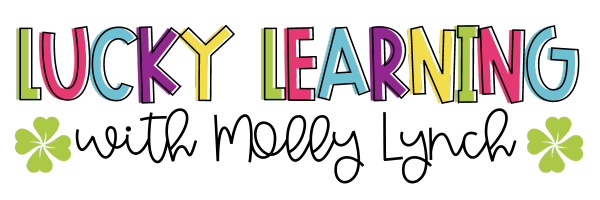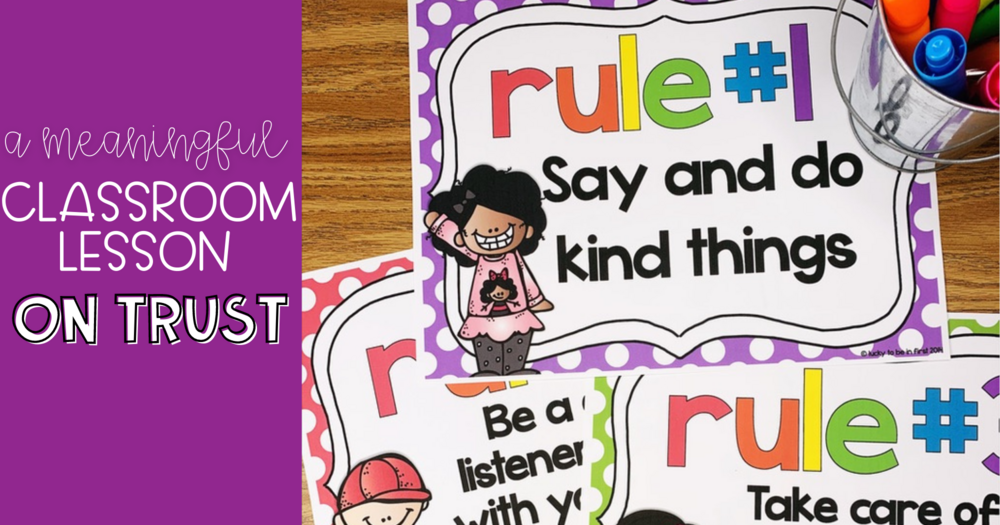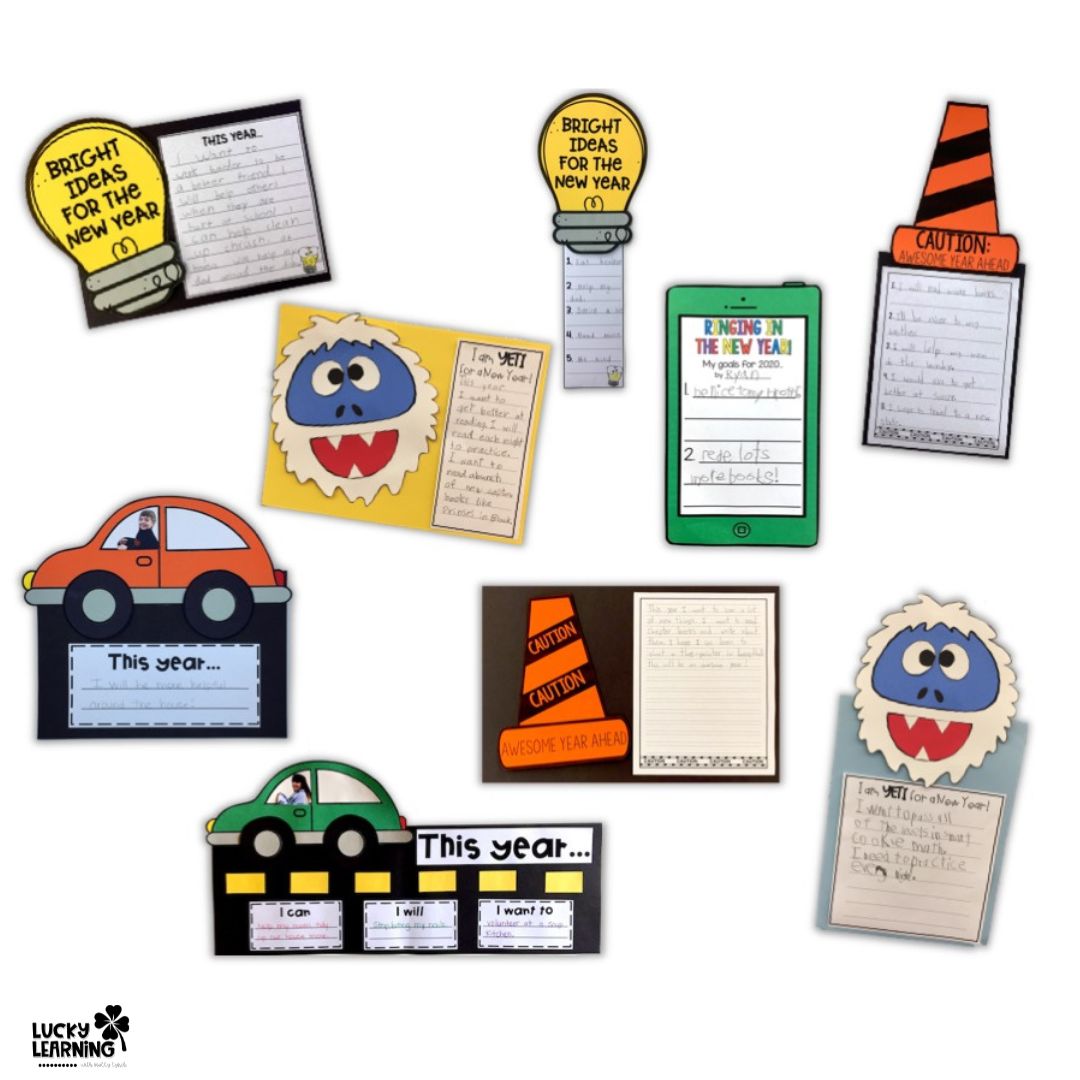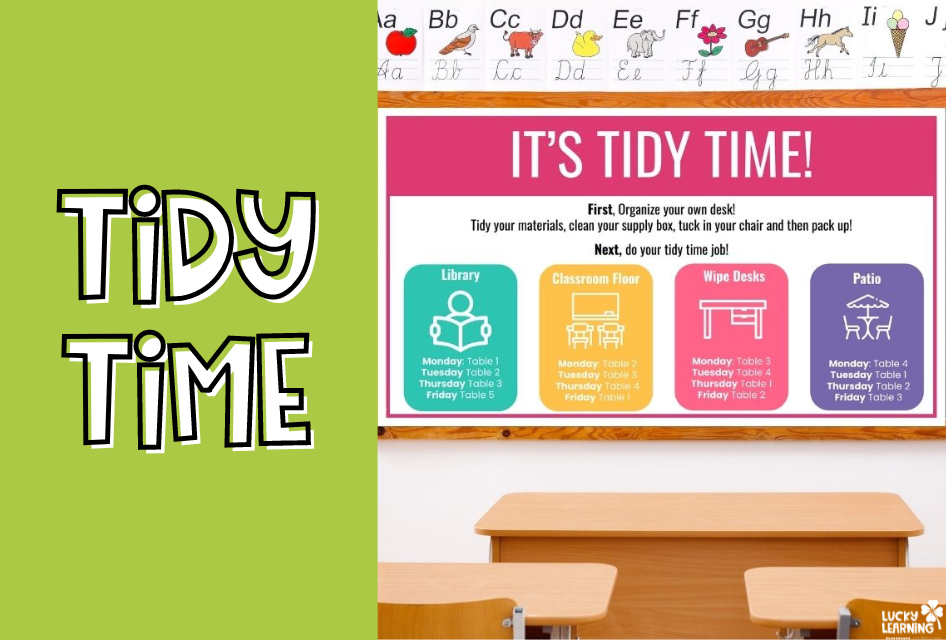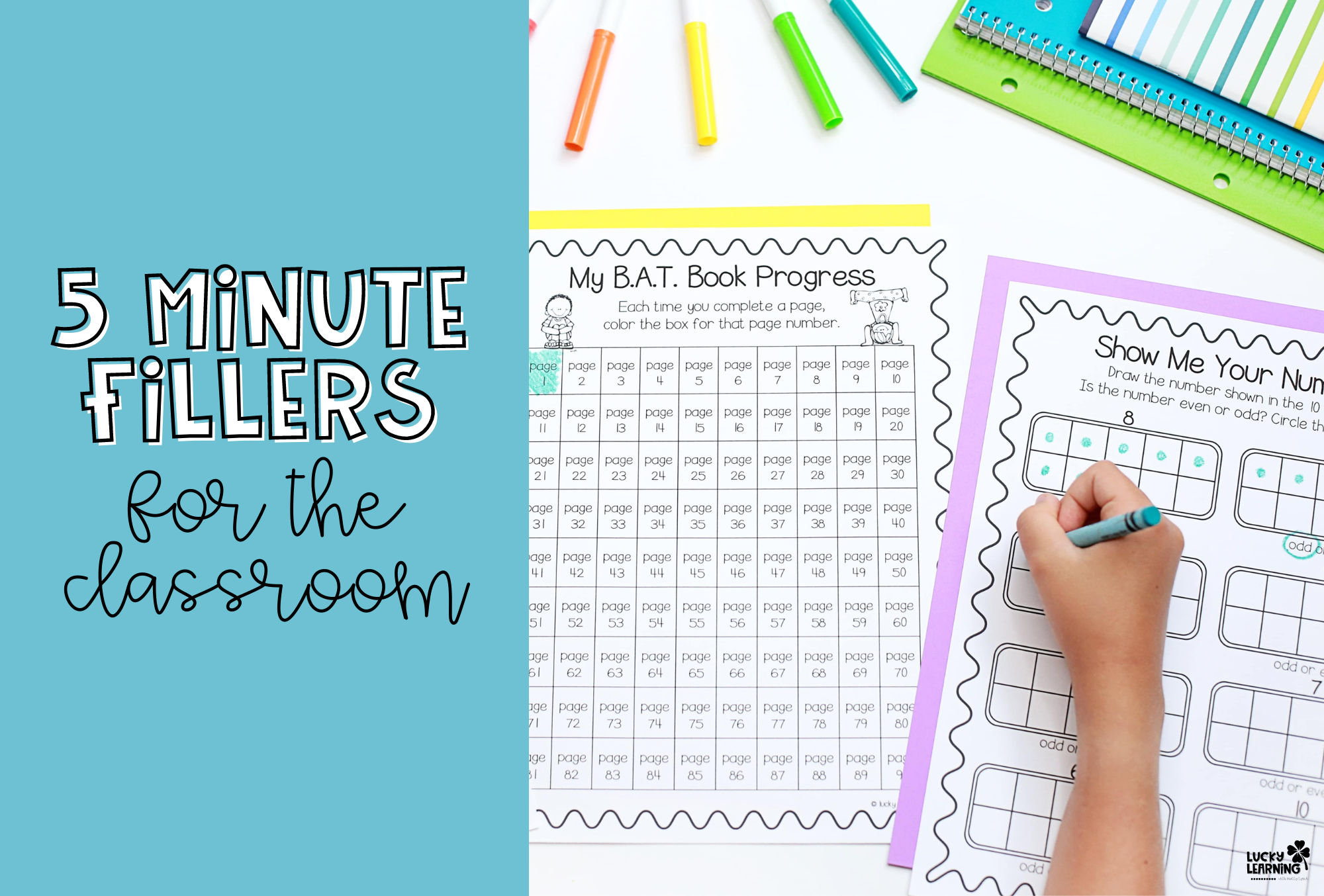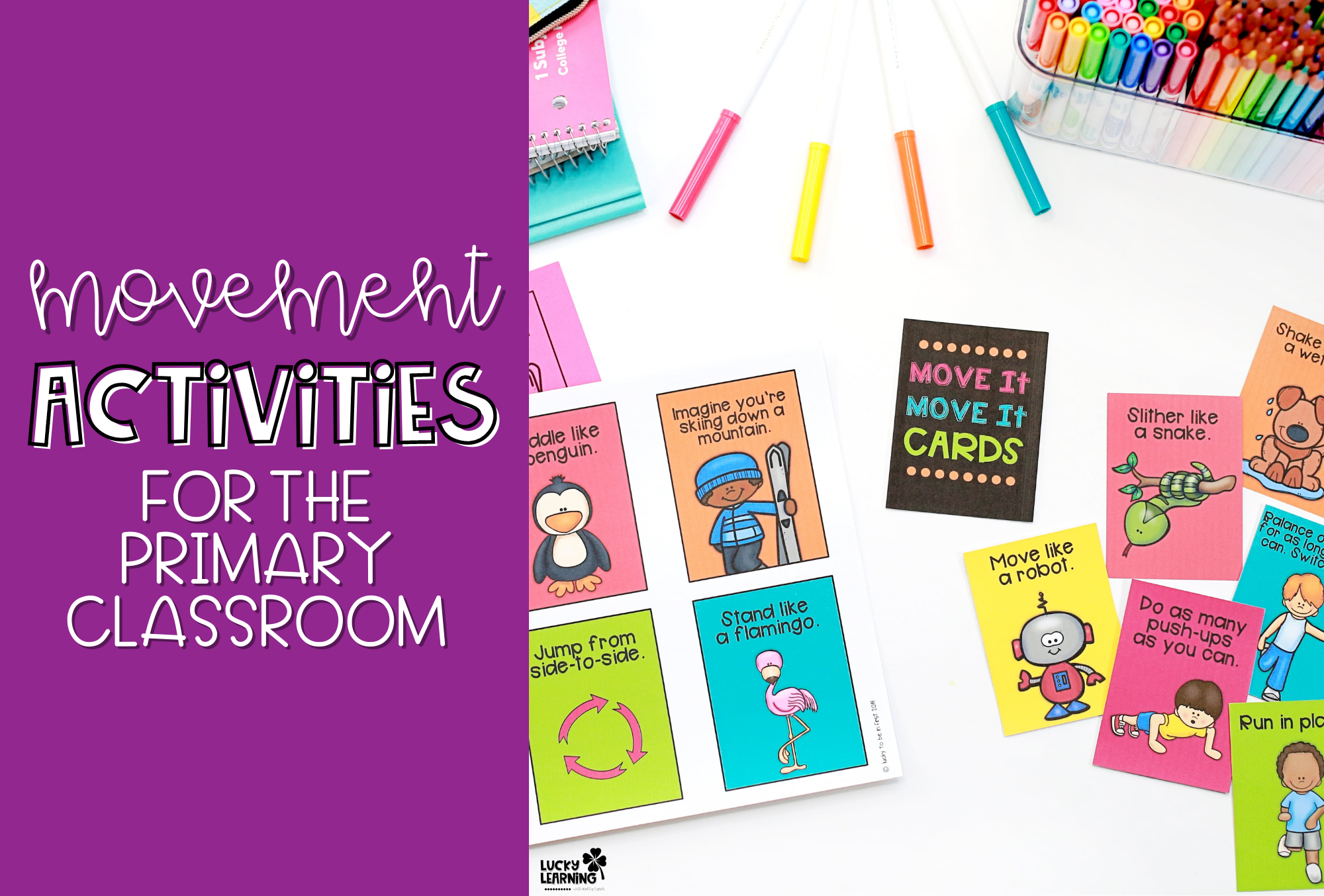I understand the importance of creating a positive learning environment for my students right from the beginning of the school year. My primary students need routines and consistency, but these ideas work for all students!
The first week of school sets the tone for the entire year, so you have to start setting goals and expectations. Here are some ways to create a positive learning environment in a primary classroom, especially during back-to-school time.
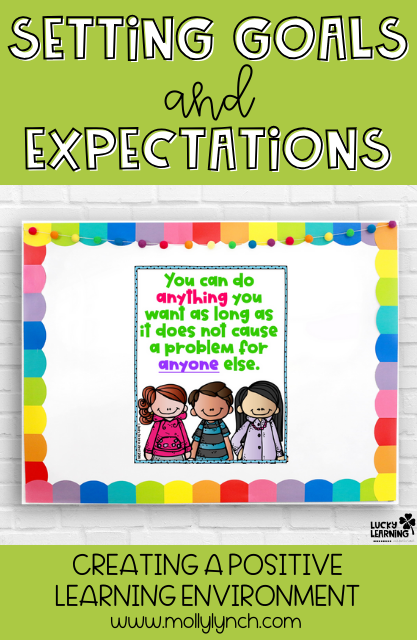
Establishing Clear Classroom Rules and Expectations
During the first weeks of school, two things matter above everything else. Of course, you need to build relationships, but you also have to prioritize establishing clear classroom rules and expectations. I want my students to understand what is expected of them and to feel safe and comfortable in their learning environment.
Collaborative Rules
One effective way to establish classroom rules is by involving the students in the process. To begin, set aside time for a group discussion, where students brainstorm and create a list of rules together. Kids are more likely to obey rules and expectations if they have a part in setting them.
By involving the students in this decision-making process, they feel ownership and responsibility towards the rules. These rules foster a respectful and positive learning environment from day one.
Need some rules? Head over to this blog post and snag some freebies!
Visual Reminders
To ensure that the rules are visible and accessible to all, I create visual reminders. Put up anchor charts and posters with colorful illustrations and simple language that clearly outline rules.
Of course, let the kids help build and create these! Place these posters in areas of the classroom where students can refer to them easily. Visual reminders serve as constant reinforcement and help students internalize the expectations.
Setting Individual and Class Goals
Setting goals and expectations sets the tone for a positive learning environment. Even your youngest students want to know their “why” and a path to achieve their goals. Of course, students should set personal, individual goals, but setting goals and expectations as a class is also extremely important. Whether they are personal or class goals, I have students make SMART goals. These goals are specific, measurable, achievable, relevant, and time-bound.
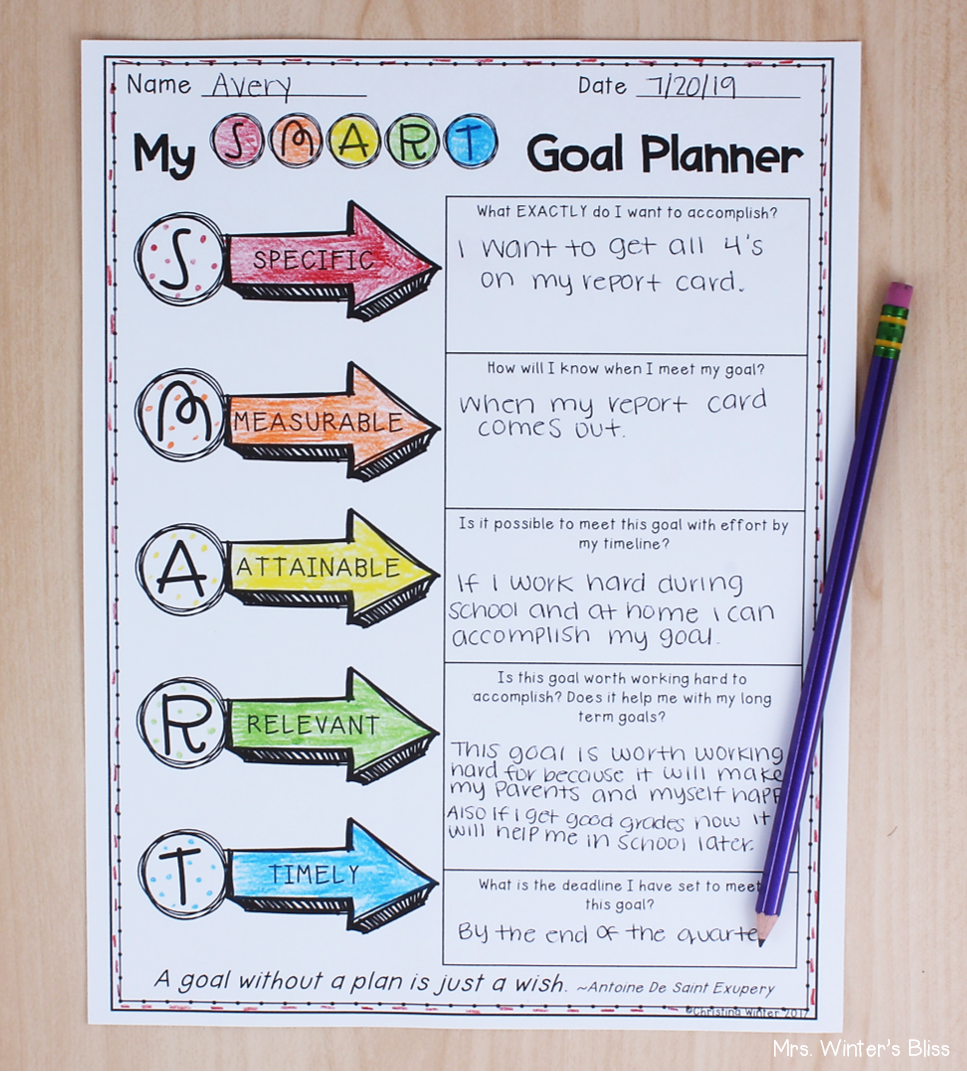
Mrs. Bliss has a wonderful post about setting SMART Goals!
Personal Goal-Setting
During the first week, I encourage my students to set personal goals for themselves by turning it into a fun display! Some of these work in both the Fall and Winter after the New Year so pick what works best!
You can also share writing prompts or drawing activities where they can express their aspirations and what they hope to achieve throughout the year.
This exercise helps you understand their individual needs and support their growth and progress effectively. These goals may be academic or behavior goals.
Class Goal-Setting
In addition to personal goals, I facilitate a class discussion to set collective goals. Let students talk about what they want to accomplish together as a community. Whether it’s improving reading skills or creating a caring and inclusive classroom, your class works collaboratively to establish a shared vision. By setting class goals, students develop a sense of unity and teamwork, fostering a positive learning environment.
Building Relationships and Encouraging Collaboration
Creating a positive learning environment is not just about academics and classroom management. In fact, it’s also about fostering strong relationships and promoting collaboration among students.
Icebreaker Activities
To help students get to know one another, I plan engaging icebreaker activities. These activities promote interaction, communication, and cooperation among students.
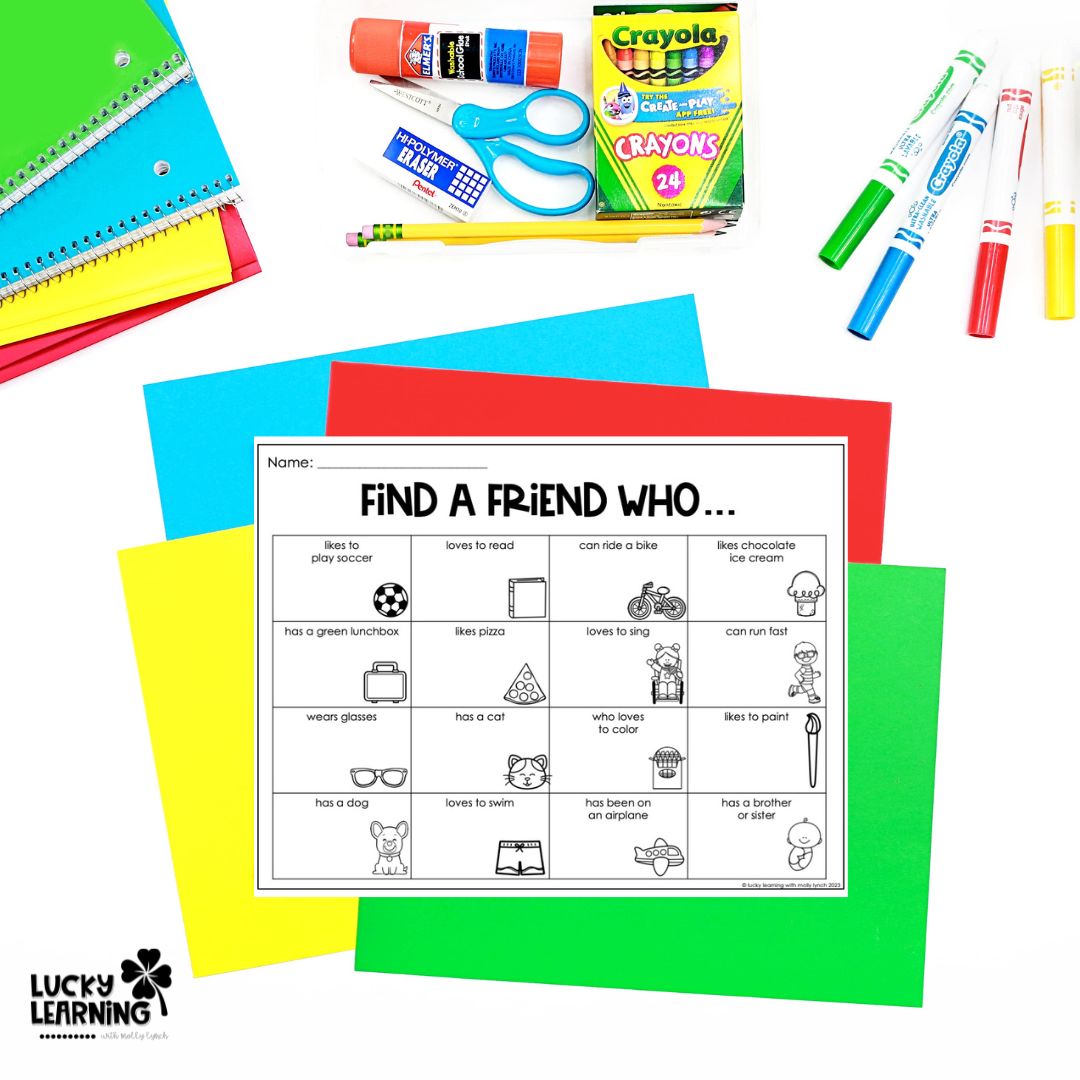
Whether it’s a “Find Someone Who” game or a “Two Truths and a Lie” activity, these icebreakers break down barriers and create a welcoming atmosphere.
Head over to this post to read about even more Back to School Icebreakers!
Cooperative Learning
During the first week, I love to weave cooperative learning strategies into our daily routines. We want to build relationships and community right away! Students learn to work together, share ideas, and support one another. This promotes a sense of belonging and encourages students to take ownership of their learning. Some ideas include group stories (building upon words or sentences), putting together puzzles, and collaborative art projects.
Finally, a positive learning environment isn’t made by accident. By establishing clear classroom rules and expectations, setting individual and class goals, and building relationships through collaboration, we create an environment where students feel safe, supported, and motivated to learn. This starts in the opening days of school and continues with reinforcement all year long!
